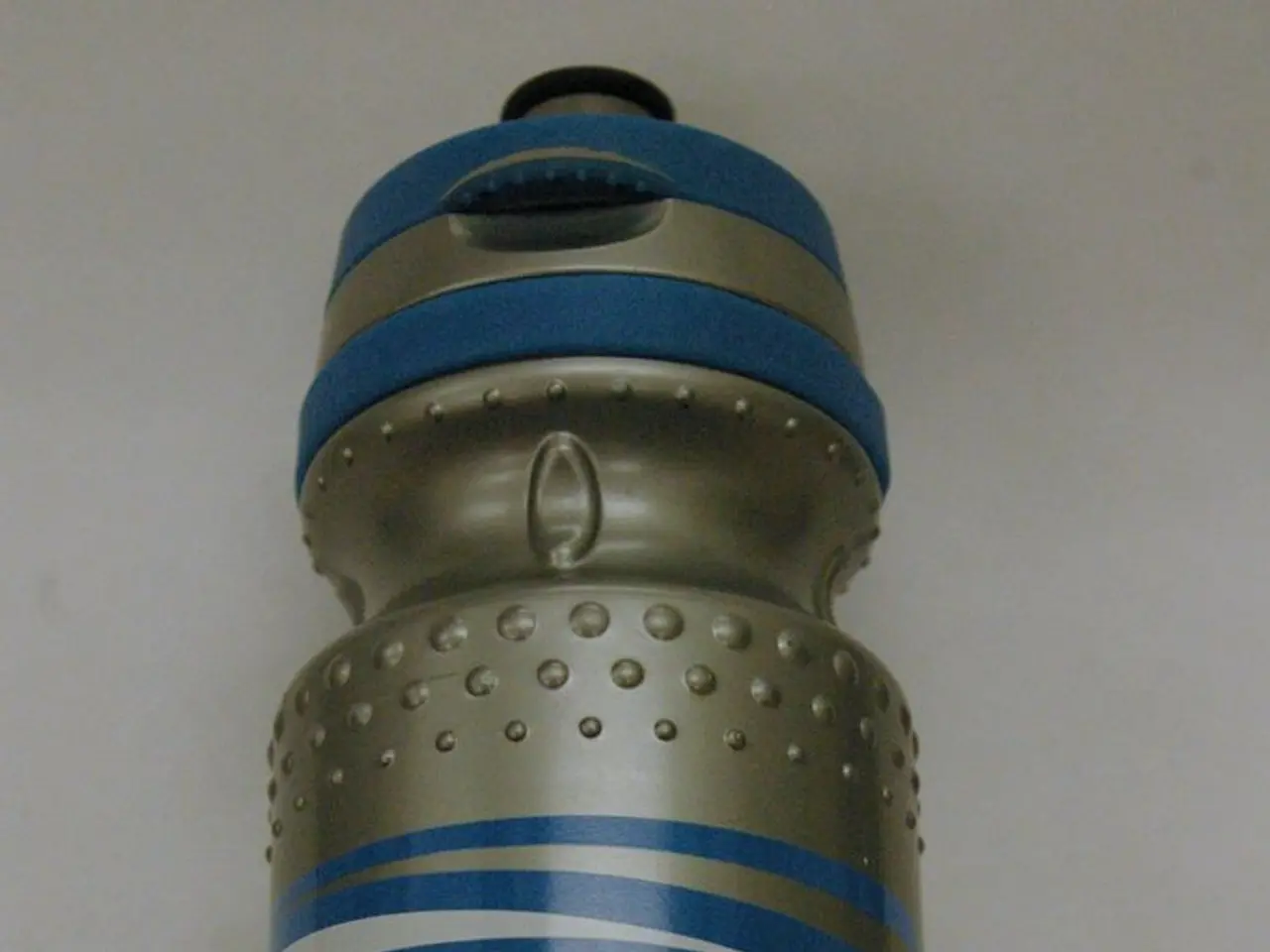Particle detector demonstrates success in the "reference light" examination
In the heart of Brookhaven National Laboratory, the sPHENIX Collaboration, a global team of over 300 scientists, have been making groundbreaking discoveries with the sPHENIX detector. This giant 3D camera, about the size of a two-story house and weighing around 1,000 tons, is a new particle detector designed to measure products of high-speed particle collisions.
The sPHENIX detector is a faster and more powerful version of its predecessor, engineered to detect quark-gluon plasma's (QGP) more subtle and ephemeral signatures. The QGP is a substance thought to have existed in the early universe and could potentially provide insights into the origins of the universe.
During its "standard candle" test in the fall of 2024, the sPHENIX detector successfully measured 15,000 particle collisions per second. This test, a well-established constant used to gauge a detector's precision, demonstrated that the sPHENIX detector was sensitive to a collision's "head-on-ness." Head-on collisions produced 10 times more charged particles, which were also 10 times more energetic, compared to less straight-on collisions.
One of the key components of the sPHENIX detector is the MVTX, or micro-vertex, a subdetector designed, built, and installed by scientists at MIT's Bates Research and Engineering Center. This subdetector plays a crucial role in tracking the number, energy, and paths of individual particles during an explosion of particles generated by a single collision.
The sPHENIX Collaboration, which includes scientists from institutions around the world, hopes to use the sPHENIX detector to reconstruct the properties of QGP. They are currently back colliding particles and expect to do so for several more months. With all their data, they can look for the one-in-a-billion rare process that could give insights on things like the density of QGP, the diffusion of particles through ultra-dense matter, and how much energy it takes to bind different particles together.
This work was supported, in part, by the U.S. Department of Energy Office of Science, and the National Science Foundation. The sPHENIX detector replaced the original PHENIX detector at Brookhaven National Laboratory's Relativistic Heavy Ion Collider (RHIC) in 2021. Particle colliders like RHIC are designed to accelerate particles at relativistic speeds, meaning close to the speed of light.
In the right conditions, these collisions can release energy that can very briefly exist in the form of QGP, the same substance that sprung out of the Big Bang. The "fun for sPHENIX is just beginning," as scientists continue to unravel the mysteries of the universe with this powerful new detector.
Read also:
- Peptide YY (PYY): Exploring its Role in Appetite Suppression, Intestinal Health, and Cognitive Links
- Toddler Health: Rotavirus Signs, Origins, and Potential Complications
- Digestive issues and heart discomfort: Root causes and associated health conditions
- House Infernos: Deadly Hazards Surpassing the Flames








